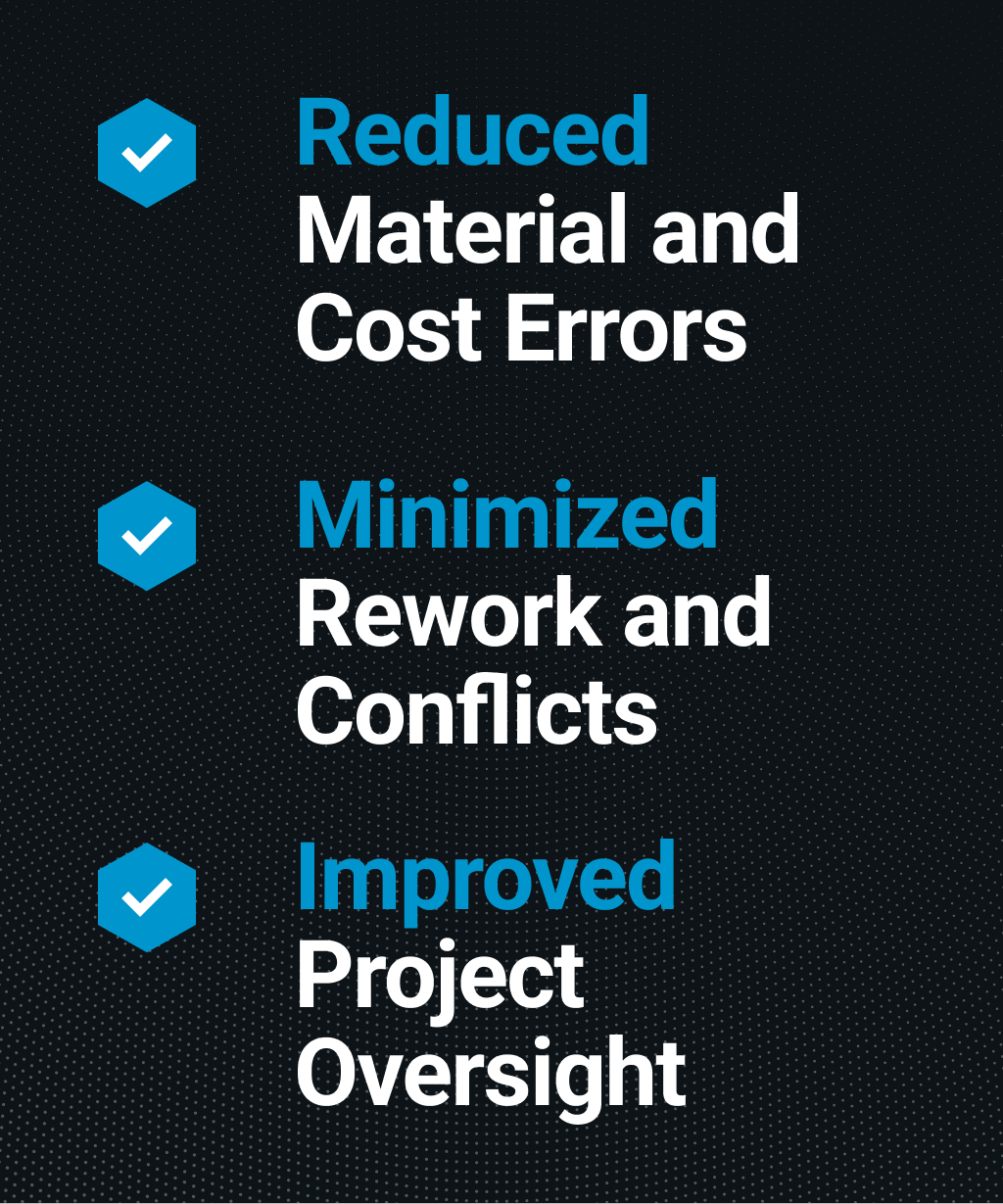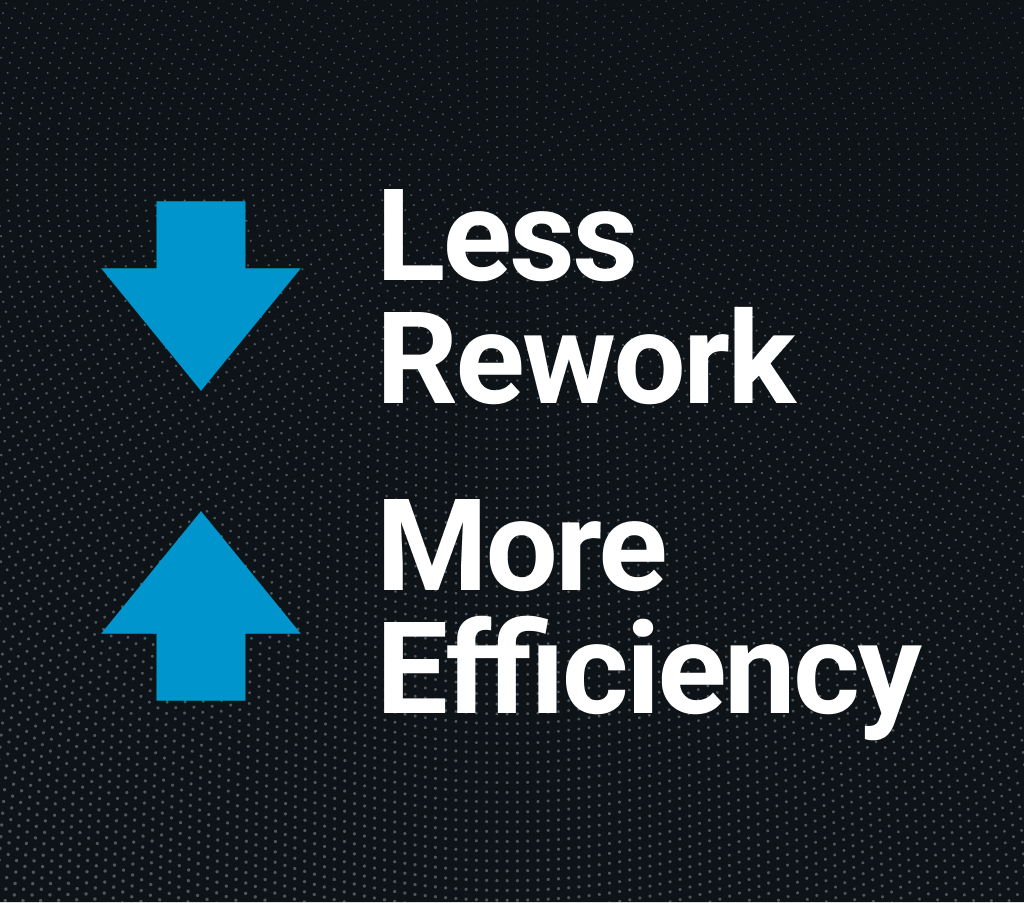From 0 to 1 – The Spec ‘Gotchas’: Using AI to Uncover Conflicts Before They Bite You

From 0 to 1 – The Spec ‘Gotchas’: Using AI to Uncover Conflicts Before They Bite You
There’s a silent killer on construction projects—and it's hiding in the specifications.
Division 26, Division 28, general conditions, addenda, submittal requirements—they all contain layers of language that can easily contradict each other or be misinterpreted across roles. The result? Change orders, disputes, incorrect procurement, delays in prefab, and blown labor budgets.
These are the “gotchas.”
They’re not just mistakes. They’re the surprises that come back to bite you after decisions are made. The wrong cable type in the wrong location. The disconnect between plan notes and equipment mounting heights. The spec section that contradicts the cut sheet. The feeder identified for copper in one section and aluminum in another.

They’re also incredibly hard to catch—until now.
With [IQ], project teams can prompt the AI to uncover these landmines early in the project lifecycle—before estimating is finalized, before prefab is locked, and before the field team is left holding the bag. [IQ] becomes not just a reviewer, but a cross-disciplinary interpreter of risk.

Example: Prompting [IQ] to Uncover Specification Conflicts
Prompt
Review all Division 26 and Division 28 specification sections. Identify any conflicting requirements between:
- Wire type (THHN, XHHW, etc.) and material (copper vs aluminum)
- Raceway types permitted (EMT, MC, etc.)
- Mounting height requirements for panels, outlets, devices
- Seismic, corrosion, or IP/NEMA enclosure ratings for electrical equipment
- Fire alarm and life safety installation requirements
Cross-reference these against applicable plan notes and schedules. Highlight any conflicts or inconsistencies and suggest follow-up clarification items.
Why This Works
This isn’t a trivia game. This is risk mitigation in its most strategic form.
- Estimators avoid bidding the wrong material type, which can make or break a margin. If the spec calls for copper but the one-line diagram shows aluminum, that’s not just a detail—that’s a cost swing that could jeopardize the entire bid.
- Detailers catch dimensional, routing, or installation assumptions that could otherwise lead to redraws, rejected submittals, or rework in the field. For example, [IQ] might identify that the spec says a panel must be mounted at 6’-6”, but the architectural elevation calls for 5’-0”—a conflict that often causes chaos late in the process.
- Project Managers and procurement teams can spot when a particular enclosure type (say, NEMA 4X for corrosive areas) is specified in general notes but omitted from individual equipment submittals. These inconsistencies are often caught too late, resulting in material returns or code violations.

These aren’t rare issues—they’re just usually uncovered when it’s too late to do anything about them without cost. [IQ] changes that dynamic entirely. It holds the entire document set in context and surfaces these issues across drawings, specs, and schedules simultaneously.
Turning “Gotchas” Into Smart, Referenced RFIs
One of the most powerful uses of [IQ] is transforming the discovery of conflict into the action of resolution—by generating fully formatted, fully referenced RFIs.
Follow-up Prompt
Using the conflicting information identified earlier regarding aluminum conductors in Division 26 and copper conductors noted in plan schedules, draft an RFI that:
- Clearly outlines the conflicting language
- References exact section numbers and sheet locations
- Suggests a preferred resolution for constructibility
- Is formatted in paragraph form with subject line and background
This is no longer just QA—it’s project leadership.
Imagine:
- An estimator finds a spec conflict on Friday and instead of waiting until Monday to build a case, they generate an RFI in minutes and submit it with the bid.
- A detailer identifies mounting height discrepancies across three plan sets and sends one RFI—with citations, recommendations, and constructibility notes attached.
- A PM opens [IQ], asks about rated enclosures for rooftop disconnects, and receives a list of spec language and a draft RFI that cites the missing information.

The hours saved are real. But the real value is strategic: you're identifying problems and presenting solutions before anyone else has even noticed there’s an issue. That’s how trust is built and change orders are avoided.
The Big Shift: From Catching Errors to Preventing Them Entirely
This is where AI earns its place in construction—not by replacing people, but by removing the blind spots that cost people time, money, and confidence.
With [IQ], contractors don’t need to wait until something goes wrong to react. They can now:
- Scan the full document set, holistically and proactively
- Ask questions that span disciplines, not just divisions
- Preload constructibility into their coordination workflows
This is the new preconstruction advantage. Not just to see what's there—but to anticipate what’s missing.
Specs are no longer a liability buried in fine print. They become an asset—an active source of truth that can be reviewed, questioned, and clarified.
And as AI continues to evolve, the contractors who learn to spot these “gotchas” early will be the ones leading the charge—not chasing RFIs, but shaping the project with foresight and precision.
.png?width=210&height=65&name=AECInspire-logo_white%20(3).png)



